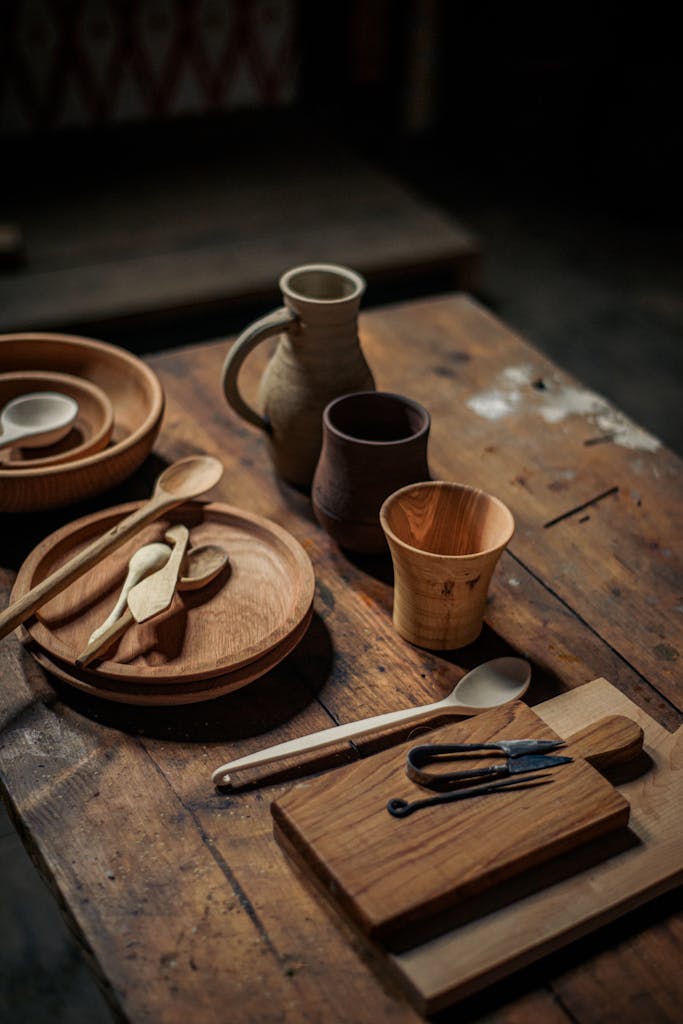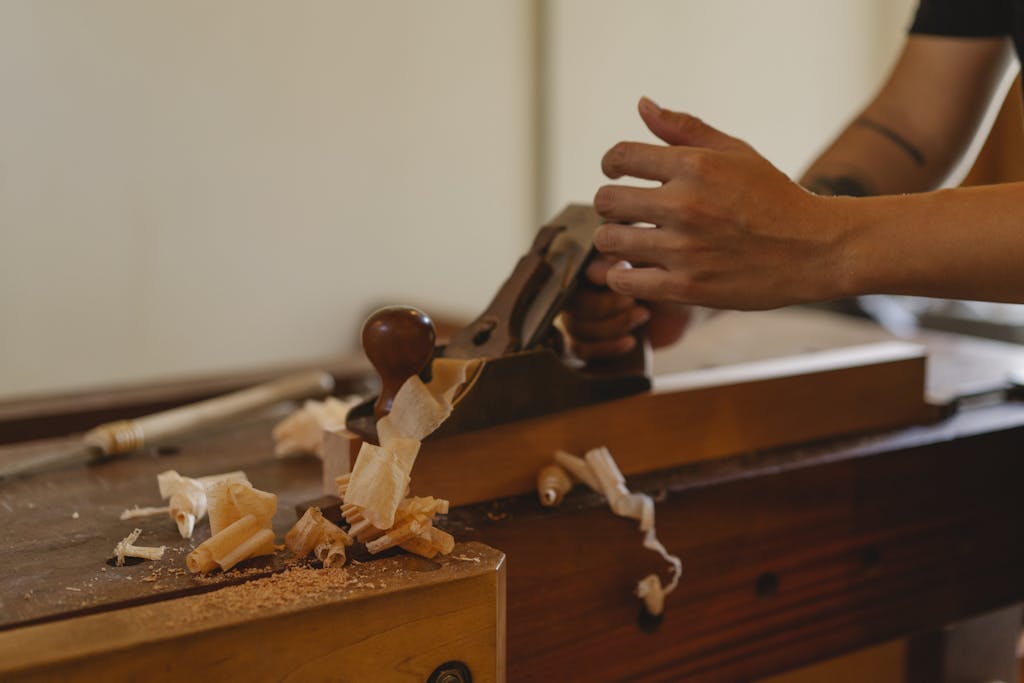Transform raw wood into a masterpiece with the right finishing techniques.
1. Why Wood Finishing Matters
Wood finishing isn’t just about appearance—it’s about protection, longevity, and enhancing the natural beauty of wood. A proper finish prevents moisture damage, resists scratches, and brings out the grain patterns that make each piece unique.
2. Staining: Adding Color and Character
Staining is the process of adding pigment to wood, changing its color while allowing the grain to show through. It can mimic more expensive wood types or create bold, custom looks.
Types of Stains:
- Oil-based stains: Deeply penetrate wood and provide rich color, but require longer drying time.
- Water-based stains: Dry faster and are easier to clean up, ideal for indoor projects.
- Gel stains: Thicker and ideal for vertical surfaces or woods that blotch easily.
Always test stain on a scrap piece or hidden area before applying to the entire surface.
3. Sealing: Protecting the Surface
After staining (or even without it), sealing locks in the color and creates a barrier against damage. It’s an essential step in furniture, cabinetry, and flooring.
Popular Sealers:
- Polyurethane: Durable and water-resistant. Available in gloss, semi-gloss, and satin finishes.
- Lacquer: Fast-drying and smooth, often used in professional shops.
- Shellac: Natural and easy to repair, great for antique pieces.
- Danish Oil or Tung Oil: Penetrating oils that enhance natural grain and add soft luster.
Apply in thin, even coats with a brush, cloth, or spray. Sand lightly between coats for a silky finish.
4. Shining: The Final Touch
Once sealed, polishing or buffing brings out the shine and smoothness of your finish. Depending on the desired sheen, you can choose:
- Paste wax: Adds a soft glow and smooth feel—perfect for fine furniture.
- Polishing compounds: Used after lacquer or polyurethane for a mirror-like finish.
- Buffing wheels or cloths: Great for speeding up the process and creating a professional look.
Let the finish cure completely before polishing to avoid smudging or dulling the surface.
5. Tips for a Flawless Finish
- Always sand wood smooth before applying any finish.
- Clean off all dust with a tack cloth or vacuum.
- Work in a dust-free, well-ventilated area.
- Follow the manufacturer’s instructions for drying times and re-coating.
Conclusion
Wood finishing is both a science and an art. With patience, the right materials, and attention to detail, you can take a plain piece of wood and turn it into a stunning work of craftsmanship. Whether you’re staining, sealing, or shining, each step plays a vital role in achieving a beautiful and long-lasting result.


